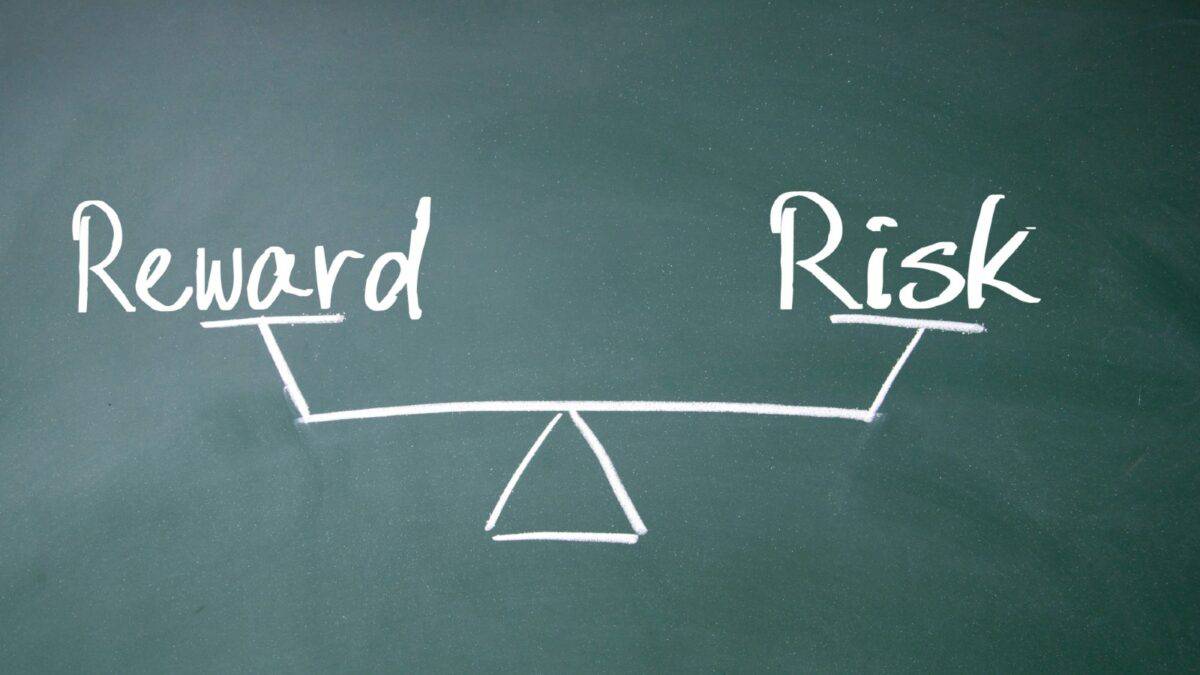Rolls-Royce (LSE: RR) shares have rocketed lately, which is a huge relief for loyal and long-suffering investors.
For years, just about everything that could have gone wrong for the shareholders went badly wrong. The FTSE 100 engineering company issued a string of profit warnings, triggered a £671m bribery scandal and got punched in the face by the pandemic. Its dividend is now a fading memory, last spotted in 2019.
On the way down
More than a decade of misery sent the share price tumbling 75%, despite the frantic efforts of former CEO Warren East to turn things around. Ironically, and largely coincidentally, the share price recovery began just as he was leaving.
Should you invest £1,000 in Rolls-Royce right now?
When investing expert Mark Rogers has a stock tip, it can pay to listen. After all, the flagship Motley Fool Share Advisor newsletter he has run for nearly a decade has provided thousands of paying members with top stock recommendations from the UK and US markets. And right now, Mark thinks there are 6 standout stocks that investors should consider buying. Want to see if Rolls-Royce made the list?
Last September, just before the share price started revving up, I wrote that buying Rolls-Royce shares was a leap in the dark. The stock looked pricey with a forward P/E of 94.8 times earnings, although that was better than the previous 697.4 times!
I suggested investors should only buy with a minimum 10-15-year view, to give it time to get growth and dividends back on track. A month ago I put aside my doubts and piled in, and I’m delighted I did. My shares are up 84.34%, so far.
I caught Rolls-Royce just at the right time. An investor who bought the stock one year ago would have done only slightly better, with the share price up 87.38%. In a mark of how volatile the shares have been, someone who bought five years ago would still be sitting on a 47.55% loss.
One year ago, Rolls-Royce shares traded at 80.31p. Somebody who invested £5,000 then would have bought roughly 6,226 shares. Today, with the stock at 150.49p, they’d be worth £9,369 and we’d be looking at a happy investor.
So much for past performance. How does the future look? While I’m delighted I bought Rolls-Royce shares when I did, I do harbour one regret. I should have bought a lot more of them (some people are never happy). Is it too late?
A big job ahead
New CEO Tufan Erginbilgic got off to an uproarious start by calling Rolls-Royce a “burning platform” that must transform to survive. I have mixed views about his motivational technique, but it leaves no room for complacency.
There are positive signs. Sales jumped from £11.2bn to £13.52bn in 2022, with statutory operating profit up from £513m to £837m. Large engine flying hours are expected to hit 90% of pre-pandemic levels this year.
Rolls-Royce also makes aircraft engines for the military as well as civil aerospace, and geopolitical tensions should maintain demand. Its planned fleet of small modular nuclear reactors may open up a new line of revenues.
Naturally, there are risks. The much-feared recession could hit travel and the valuable revenues from its aircraft engine maintenance contracts, which are based on hours flown. There is still no dividend.
Last month, JP Morgan analyst David Perry warned he was “not convinced” Erginbilgic can resolve the issues he had identified. My biggest worry is that Rolls-Royce shares have jumped 87.38% in a year. It’s a tall order to repeat that.
I won’t be buying more today. I’ll just have to be happy with what I’ve got.








